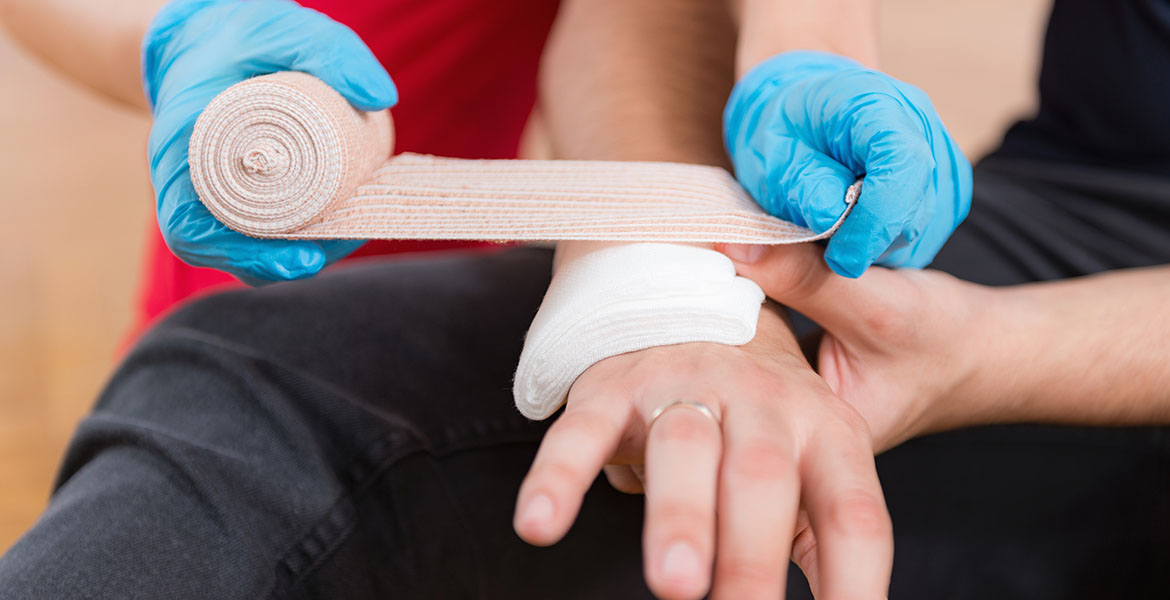
Emergency planning should include developing key safety skills
Friday, September 7, 2018
Assemble an emergency kit? Check. Make a family emergency plan and practice until everyone knows what to do and where to go? Done.
These are good first steps families can take before the unexpected happens. There also are some general safety skills that could come in handy during an emergency or disaster, said Gina Peek, Oklahoma State University Cooperative Extension housing and consumer specialist.
“No one can predict when or what kind of an emergency or disaster will strike. The more you can plan ahead, the less you’ll have to worry about under stressful conditions,” Peek said. “Knowing things like how to perform CPR could be useful, depending on the situation.”
Here are three safety skills families should learn in case of an emergency or disaster.
How to use first aid and CPR. Learning first aid and CPR is a smart way to help keep the family safe. American Red Cross courses are taught by certified instructors and instruction is available in a classroom setting, online or a combination of both formats.
How to use a fire extinguisher. There should be at least one up-to-date extinguisher in the house.
“Every adult in the house should know where the fire extinguisher is kept and how to use it,” Peek said.
The U.S. Fire Administration recommends only individuals who have been trained in the proper use and maintenance of fire extinguishers use them. Families should contact the local fire department for information about training opportunities.
How to shut off utilities. Take some time to locate the natural gas meter, water meter and the electrical circuit box.
Gas meters come in various configurations, each with a different shut-off processes. Families should contact the local gas company for guidance on how to turn off service in an emergency. Once service is shut off, only the gas company can turn it back on.
After locating the shut-off value for the water line, consider labeling it so other family members will be able to easily identify it.
“Make sure the valve for the water line works properly. If not, replace it,” Peek said.
When shutting off the electricity, turn off individual circuits first, then shut off the main circuit.
For more information on preparing for and recovering from emergencies, visit our Emergency Preparedness Resource Centers at www.dasnr.okstate.edu/news or contact the nearest county OSU Cooperative Extension office at countyext2.okstate.edu/.
Story by Leilana McKindra
